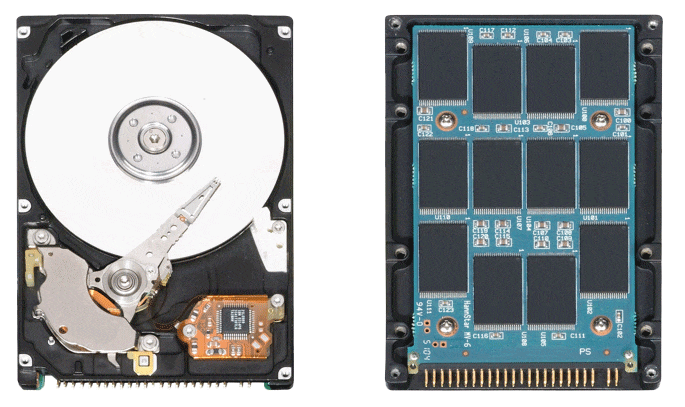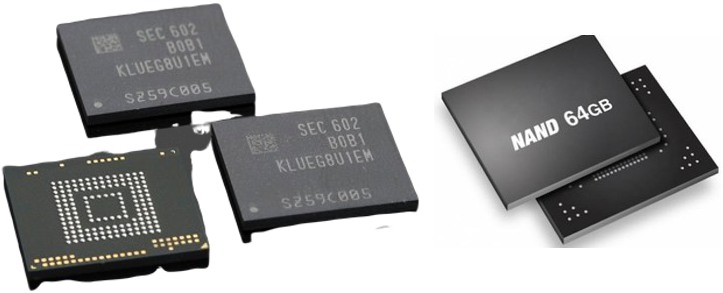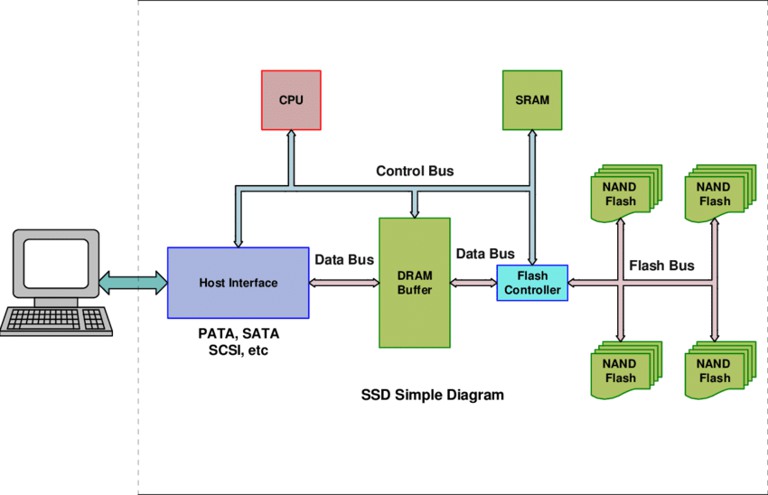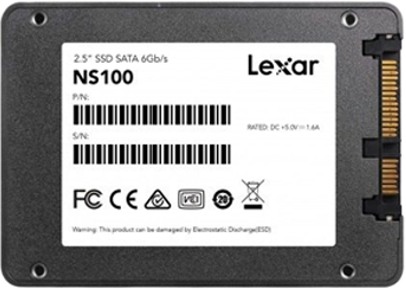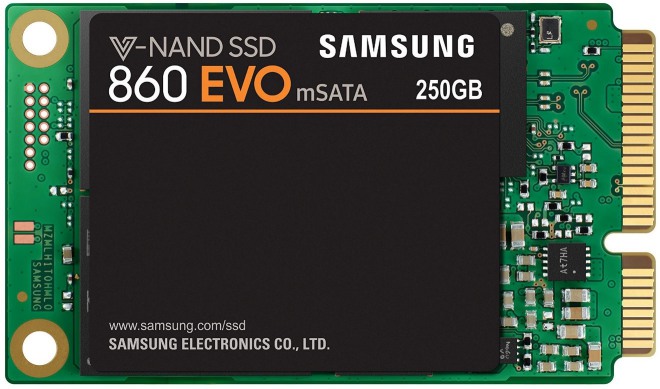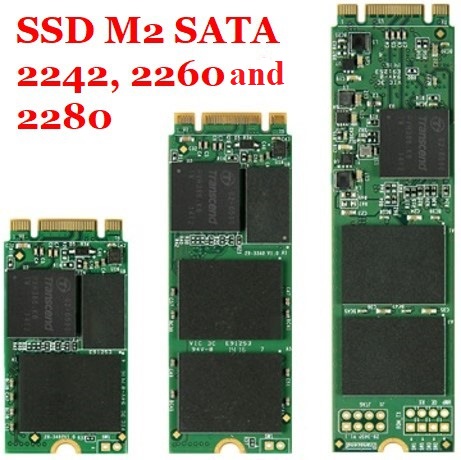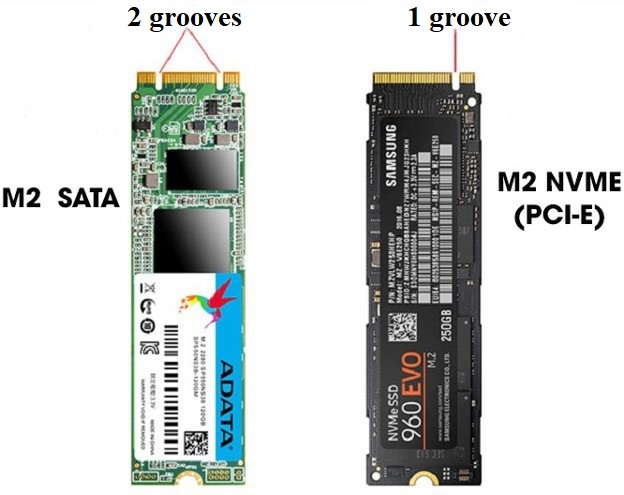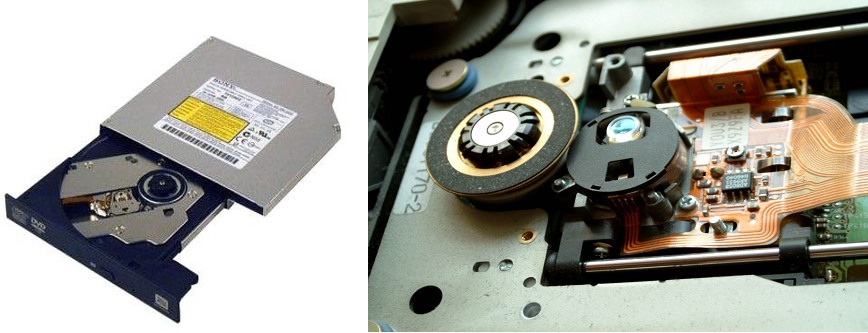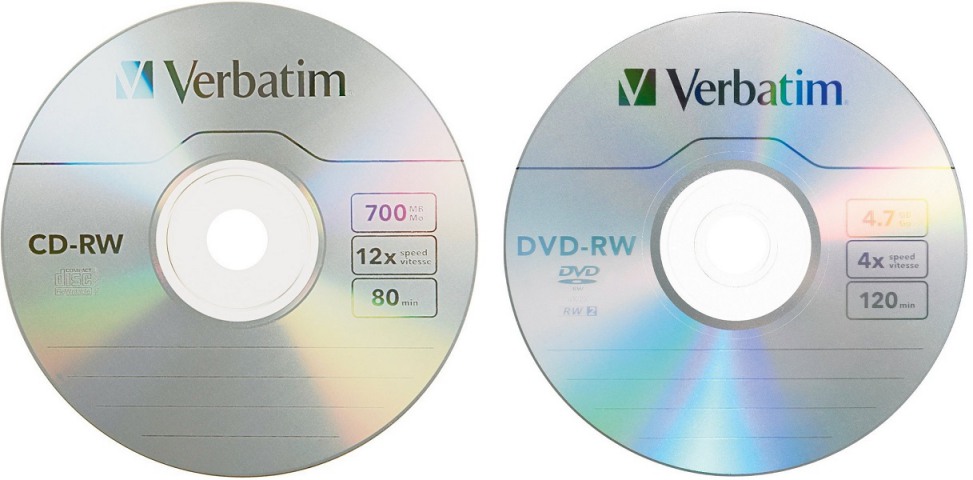Solid-state drive, optical discs, USB drive, floppy disks, and hard drives are examples of storage devices. Storage devices store operating systems, software, data, and other content. These devices are also known as secondary or external memory and are non-volatile. This article will discuss the features of two specific storage devices: the SSD and the Compact Disc (CD).
1. SSD (Solid–State Drive)
SSD consists of many memory chips, using flash memory to store data. This storage device has a faster data access speed than HDD.
Internal flash memory in SSD
Flash memory is a type of non-volatile memory that can be erased and reprogrammed. It contains both NAND and NOR gates, which are logic gates.
Architecture of SSD
The essential parts of the Solid-State Drive are the Flash Controller and multiple Flash memory chips.
Types of connectors of SSD (Solid-State Drive)
SATA 3
SATA 3 has 7 data pins and 15 power pins. It comes in two sizes: 3.5 inches and 2.5 inches.
Micro SATA
Micro SATA has 7 data pins and (7+2) power pins. The size of the micro SATA is 1.8 inches. It typically requires a SATA to Micro SATA converter.
mSATA
mSATA is a small 2.5-inch SSD connector. It has 7 data pins and 15 power pins.
M.2 SATA
M.2 SATA has three types: 2242, 2260, and 2280. The default width is 22mm and the variable length is 42mm, 60mm, and 80mm respectively. They include 6 pins, 19 pins, and 5 pins.
M.2 NVME
This is also known as M.2 PCIe and has 29 pins + 5 pins.
2. OD drive (Optical Disc Drive)
What is an OD drive (Optical Disc Drive)?
The OD drive is responsible for reading and writing data from an optical disc using the convergence of light rays. It consists of two parts: the mechanical component and the electrical circuit.
An optical disc is a type of storage medium that store digital data. It uses laser technology to read and write data. Optical discs are available in various formats, including CD, DVD, and Blu-Ray. These discs are widely for storing music, movies, software, and other kinds of data.
Types of Optical Discs
CD
CD or Compact Disc, also known as CD ROM (Compact Disc Read-Only Memory), has a diameter of 120 or 80 mm. It includes CD-R (CD-Recordable) and CD-RW (Re-Writable). It was introduced in 1982 and was the first type of optical disc. The CD has a storage capacity of up to 700MB and can store up to 80 minutes of audio. CDs are commonly for storing music and software.
DVD
DVD stands for Digital Versatile Disc. It was introduced in the late 1990s and has a storage capacity of up to 4.7GB. It includes DVD-R, DVD-RW. DVDs are commonly for storing movies, TV shows, and software.
Blu-Ray
Blu-Ray is the newest and most advanced type of optical disc. It was introduced in 2006 and has a storage capacity of up to 50GB. Blu-Ray discs are commonly for storing high-definition movies and TV shows.
